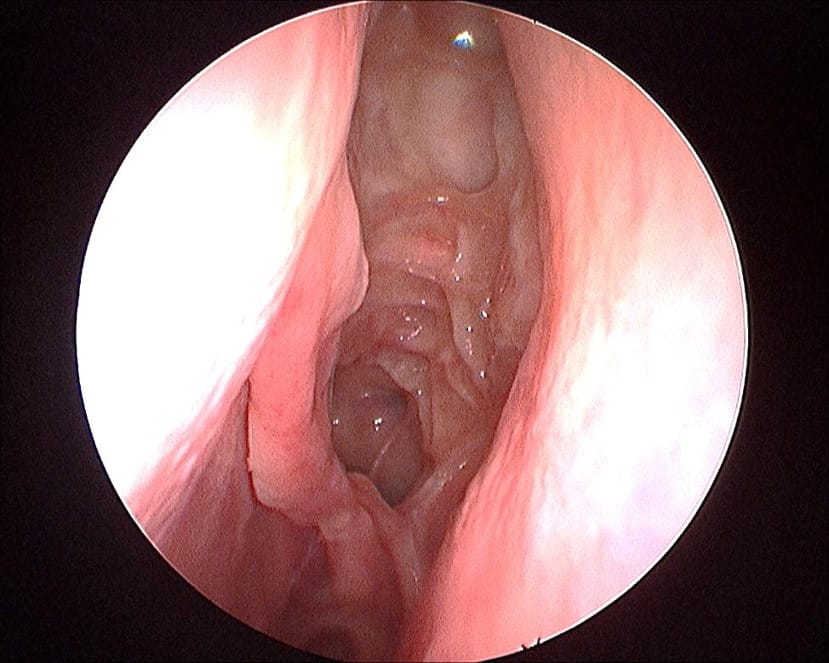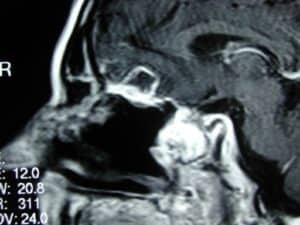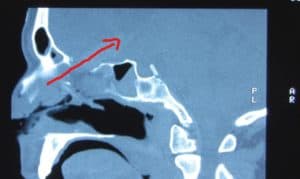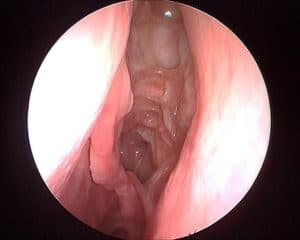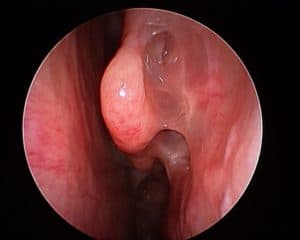So much has been said about safety in sinus surgery. There are terrible examples of operations that went wrong and either the brain or the eye were injured. But despite these events becoming less frequent over time, we still see reports of disastrous outcomes in recent years.
Complications in Sinus Surgery
There examples all had to be transferred to our care care for further treatment. Unfortunately, much of this is not related to the disease process or the imperfection of healing (such as having a nose bleed post surgery) but as a result of surgical disorientation. We initially learnt the variable anatomy of the sinuses and were fascinated by the newly described anatomy, surgical dissection was attempted based on these early descriptions. This anatomy however, is very variable between patients and many anatomical anomalies exist. With pathology present, disease events and prior procedures all further distort the surgical field.
Making Sinus Surgery Safe
(as well as complete and efficient)
A decade ago, we changed our teaching philosophy to sinus surgery to make it safer, avoiding complications, making it more complete and comprehensive (and even efficient). Much of this technique was based on the use of identifying the ORBITAL FLOOR as a landmark. The rule of Prof Dharambir Sethi and Prof Aldo Stamm was solidified in the literature through an early publication:
‘Stay below or at the level of the orbital floor as dissection proceeds posterior and one will avoid the skull base’
An early video from our first fellow in 2008, Dr Daniel Timperly, demonstrates this beautifully:
It was fantastic to see my colleagues from South East Asia take on some of these principles. Over the past ten years they have seen their complications drop significantly and in areas of the world where endoscopic sinonasal surgery is in its infancy they haven’t gone through the same painful learning curve of the western world during 1980/90s.
Prof Baha and colleagues have recently published a systematic review on the utility of the orbital floor as a landmark in sinus surgery. This is a fantastic event from a group surgical educators in their region.
Industry groups have also taken this onboard to help the next generation of surgeons learn sino-nasal surgery or ESS in a safer more effective way.
Although equipment such as image guidance assists surgeons and can even reduce complications in selected cases, it is not available to all and can never be relied upon in a critical situation.
Taking a different approach to learning in ESS can produce safe procedures with well healed cavities:
Our group in Sydney continues to promote these safe and efficient techniques and as we prepare for our upcoming sinus course, it felt like a great time to acknowledge my colleagues who have taken these principles further and advanced our profession.

